Special Report
21 Strategies That Could Avert Climate Disaster

Published:
Last Updated:

A report released by The Intergovernmental Panel on Climate Change, a U.N. body, in October 2018 highlighted the importance of keeping global warming to 1.5°C above pre-industrial levels. In November, the UN released its annual Emissions Gap Report, warning that current emission levels would not even keep the world below 2°C of warming. The consequences of such warming could be extensive and devastating.
Over the years, a number of strategies — some more viable than others — to combat climate change have been developed. No matter which is the best way of motivating the world’s governments, businesses, and private citizens to make the changes needed to cut emissions and prepare for the worst — regulations, restrictions, or incentives — these changes and steps must be taken in order to avert disaster, and it must be a worldwide effort.
These strategies fall into two major categories. The first is the reduction of greenhouse gas emissions into the atmosphere and the potential sequestration of gases that are already in the atmosphere. The second is developing technologies and strategies to reduce the already inevitable impacts of climate change.
Amanda Levin, policy analyst with the National Resource Defense Council’s Climate and Clean Energy program, explained to 24/7 Wall St. that efforts need to be both in prevention and mitigation of consequences.
“We need to do both,” Levin said. “We are already facing the impacts of climate change today, and even in a 1.5 or 2 degree [increase] world, there will be significant impacts, so adaptation needs to occur at the same exact time that we’re doing everything we can to mitigate our emissions and reduce our climate footprint.”
Based on our conversation with Levin, as well as reports by nonprofits and other groups, 24/7 Wall St. reviewed 21 strategies that could help reduce greenhouse gas emissions and mitigate the consequences of global warming. Most of these strategies on their own would be insufficient in reversing our current path, but together they could pose the solution. Some have already been implemented, mostly at smaller scales, while others are technologies or ideas that are still being developed.
Click here to see the 21 strategies that could avert climate disaster.
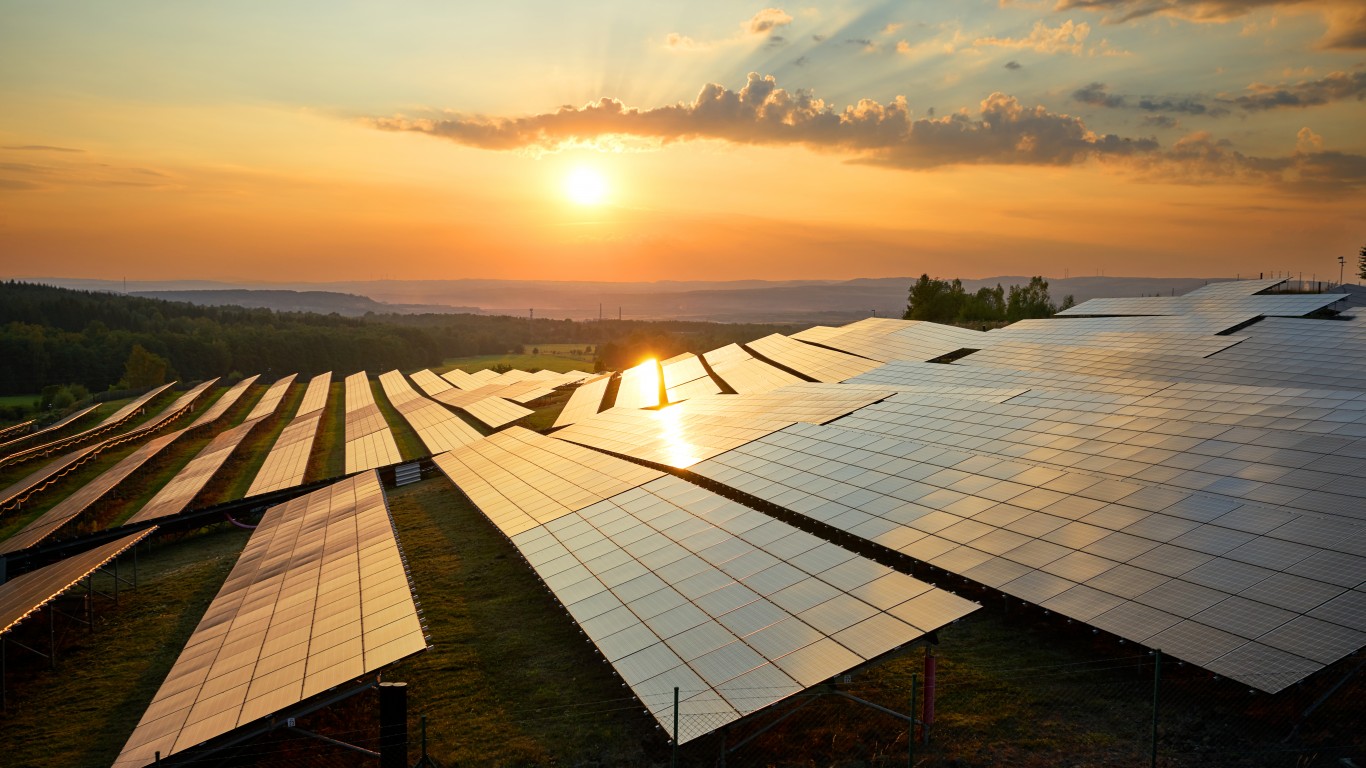
1. Replacing fossil fuels with renewable, clean energy
Close to 40% of CO2 pollution in the United States comes from fossil fuel burned in power plants. Most of the viable clean energy solutions are renewable. The biggest three are wind, solar, and hydro energy. As of 2017, however, wind accounted for just 6% of U.S. electricity generation, solar for 1%, and hydro for 7%.
[in-text-ad]
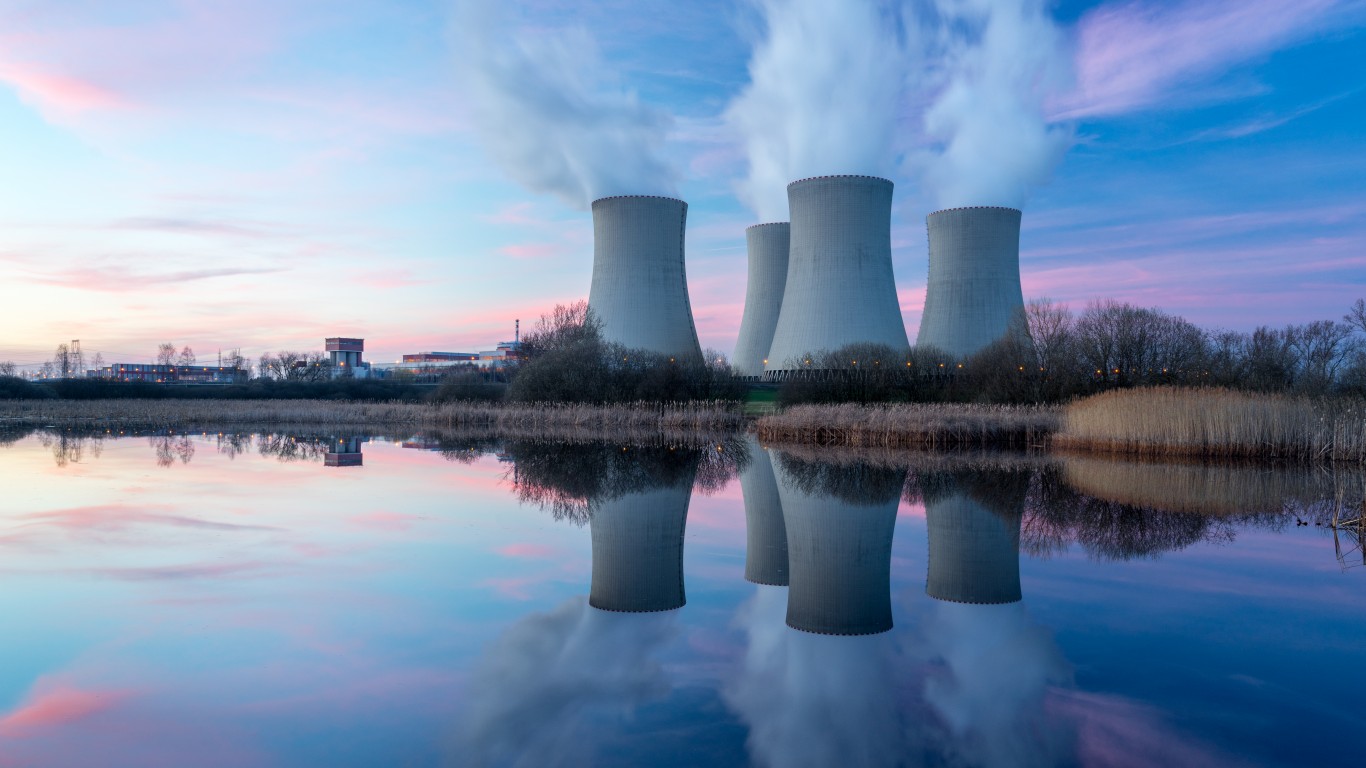
2. Nuclear energy
Nuclear energy as an alternative to fossil fuels is controversial among environmental groups. Nuclear, which is non-renewable, does not directly emit greenhouse gases and may be a solution for emerging markets, such as India and China, as they transition to renewable sources. However, nuclear energy has its downsides, from problems with uranium mining, to producing radioactive waste, to potential accidents.
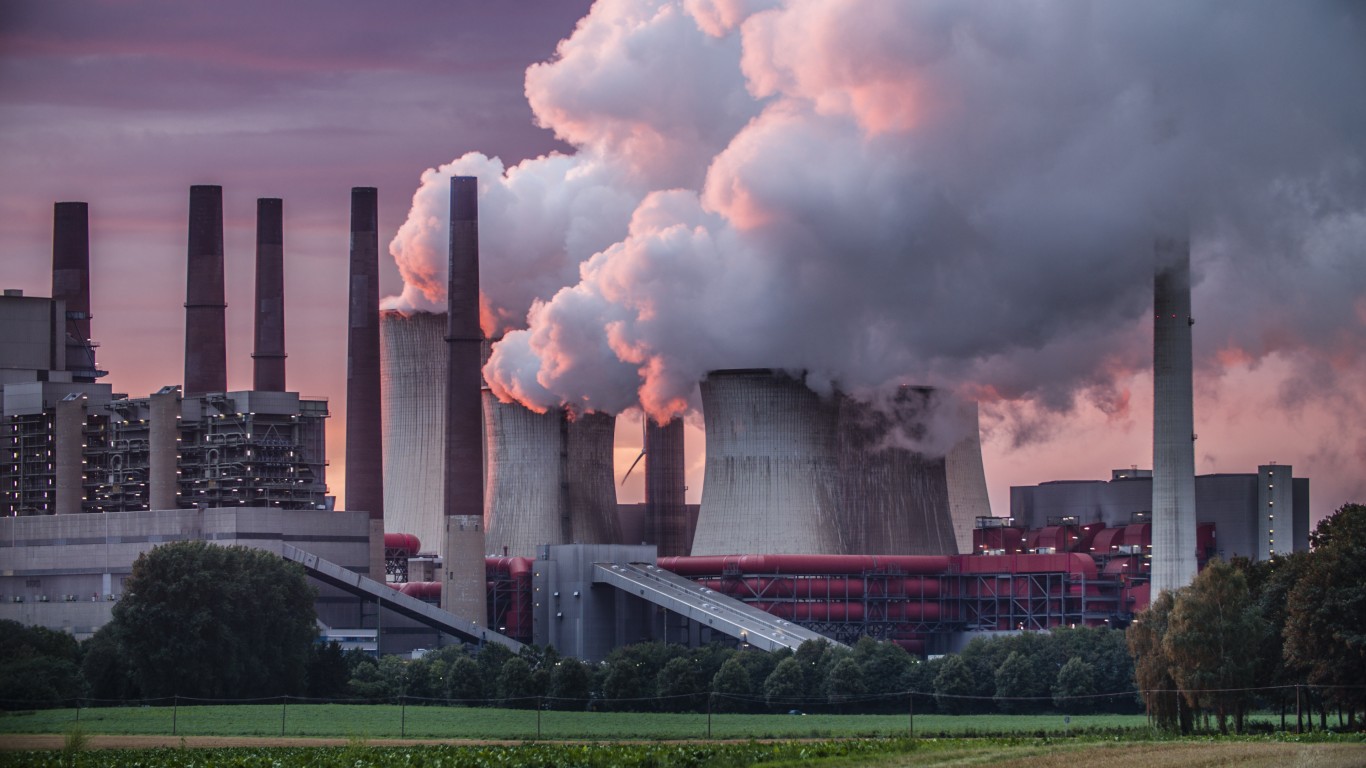
3. Carbon capture and storage
For existing fossil fuel-burning power plants, installing devices such as scrubbers to capture carbon gas can be part of the solution during the transition to renewable sources. Captured carbon can be stored underground and used to produce building materials like concrete and carbon fiber.

4. Widespread adoption of public transit
Public transit is far more energy-efficient and environmentally friendly than personal vehicles, both because it means fewer engines are used and because it generally reduces congestion, which can contribute to increased emissions. Heavy rail transit, which includes passenger trains and subways, produces 76% less in greenhouse gas emissions per passenger than single-occupancy vehicles, according to the U.S. Department of Transportation.
[in-text-ad-2]

5. Highly energy-efficient homes and businesses
Making buildings and homes more energy efficient is crucial to reducing wasted energy. Weatherizing to reduce heating and air conditioning leakage, cutting down on water waste, investing in energy efficient appliances, and more can each seem like drops in the bucket, but in totality — along with with widespread changes in building and home efficiency solutions — they could have a lasting impact.

6. A smart energy grid
Building an electricity grid that is better able to address electricity needs and distribute it in an efficient way will go a long way to reducing the need for energy production.
[in-text-ad]
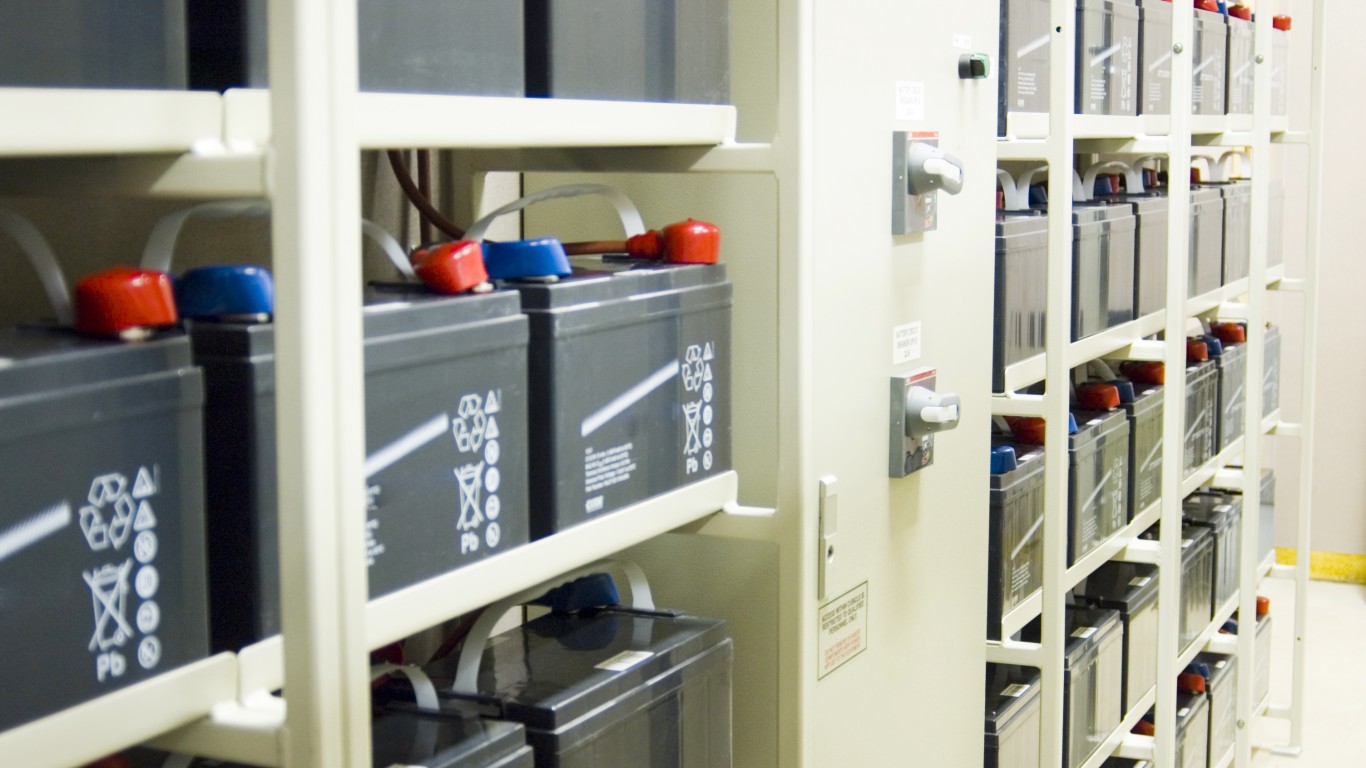
7. Major improvements in energy storage
A current problem with the nation’s energy production system is that systems often have peak production periods that do not necessarily coincide with demand, causing waste of electricity. Solar, wind, and hydro energy production all peak around the same time every year. Developing batteries and other technologies to store produced energy in the short- and long-term is critical to reduce global energy use.

8. Electric cars
The first mass-market car using electric technology, the Toyota Prius, was introduced over two decades ago, but hybrids and fully electric vehicles represent less than 3% of U.S. auto sales.

9. Electric heavy duty transportation and shipping
The U.S. transportation sector produces more than 30% of greenhouse gas emissions. While electric cars have been around for some time, cities and businesses are also beginning to more earnestly develop electric versions of heavy-duty and shipping vehicles.
[in-text-ad-2]

10. Less global consumption of meat
Most people who are aware of global warming recognize CO2 as the greenhouse gas contributing most to global warming, but methane also has been a major contributor to climate change. Although the gas exists in the atmosphere in much smaller quantities than C02, it is 34 times more potent as a greenhouse gas than C02. A global reduction in consumption of animals harvested for meat — one of the major global methane emitters — would be an important step.

11. Methane capture and storage
One way of reducing the effects of methane production in the atmosphere would be capturing and storing the gas. Captured methane from landfills — another major methane producer — can be stored or burned to produce electricity, heat buildings, and power vehicles.
[in-text-ad]

12. Less food waste
In addition to cutting meat out of diets, simply reducing waste by not buying more perishable food than will be consumed could meaningfully cut down global methane emissions. This would reduce the demand for methane-producing livestock and also reduce the size of landfills.
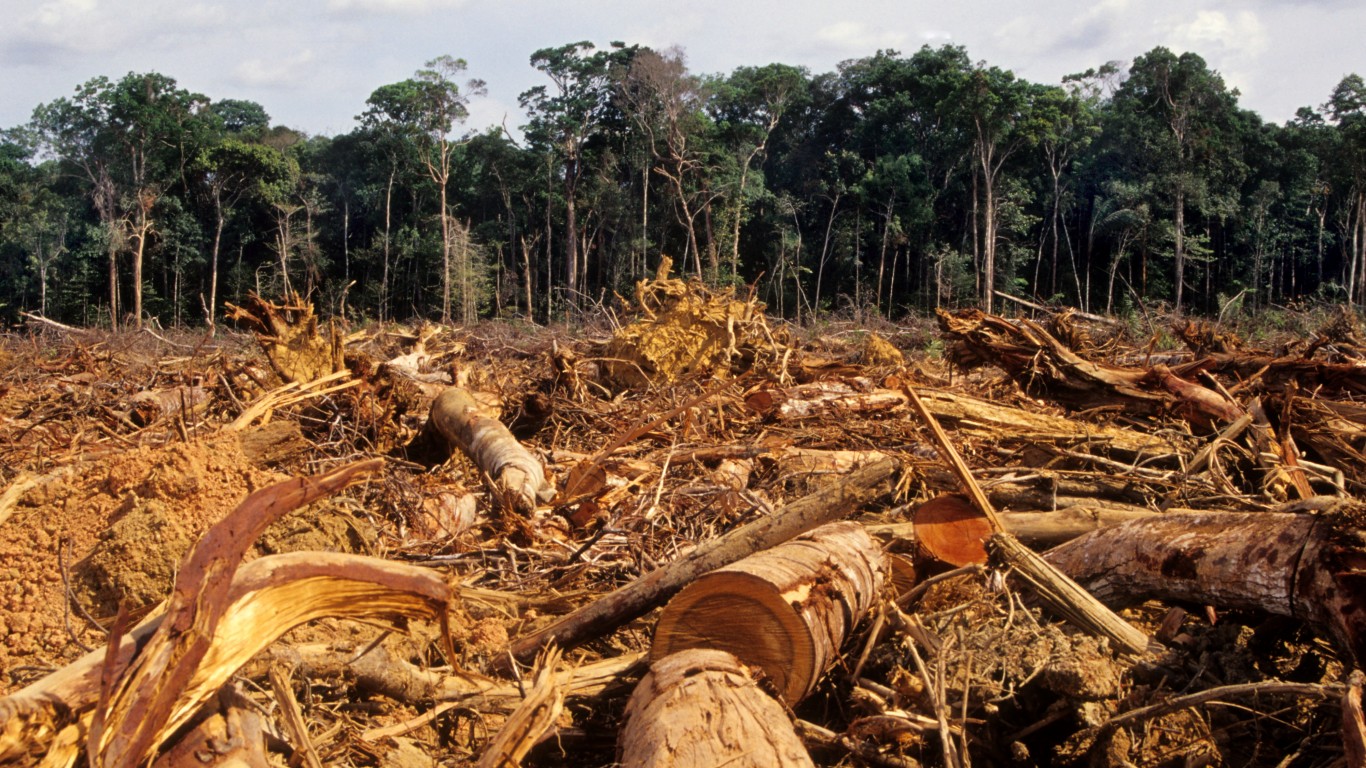
13. Halting deforestation
Trees and other plants are natural carbon sinks, meaning they absorb CO2 from the atmosphere as part of the process of photosynthesis. As trees are cut down and burned, this not only reduces the natural air cleaners, but also releases CO2 into the atmosphere. According to the World Carfree Network, an organization that promotes alternatives to cars, deforestation contributes to about 15% of global carbon emissions.

14. Regenerative farming
A global adoption of responsible agricultural practices could go a long way to pulling carbon dioxide out of the atmosphere. The nonprofit Rodale Institute estimates that the use of (crops planted in addition to the cash crop to help the ecosystem), composting, crop rotation, and other practices could sequester more CO2 each year than is currently emitted.
[in-text-ad-2]

15. Planting natural barriers
Certain plant and animal species like mangroves and oysters are natural flood barriers, and adding such species to flood-prone areas could help mitigate the effects of sea level rise on coastal cities. Also, plants like mangroves are highly effective carbon sinks.
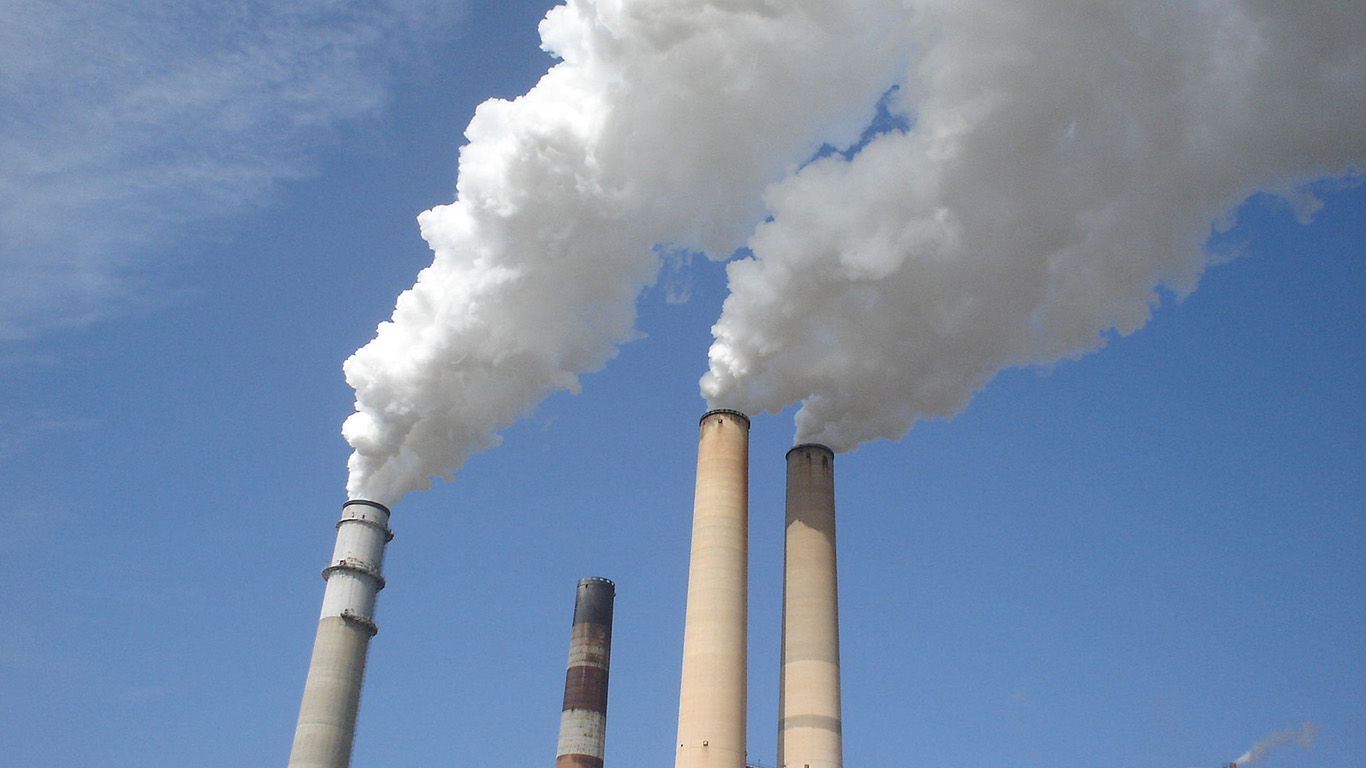
16. Direct air carbon capture
Direct air capture technology — the process of pulling CO2 gas from the atmosphere — is still in its early stages. However, major improvements in the technology could present a long-term solution if efforts to reduce emissions are ineffective.
[in-text-ad]

17. Building seawalls
Hundreds of flood-prone cities around the world, such as New York City, Miami, and Venice, will be subject to chronic flooding under even the more optimistic estimates of sea level rise in the coming years. While seawalls and bulkheads, which can be costly are not always a viable option for less affluent regional governments, they can be part of the solution in major coastal metropolises.
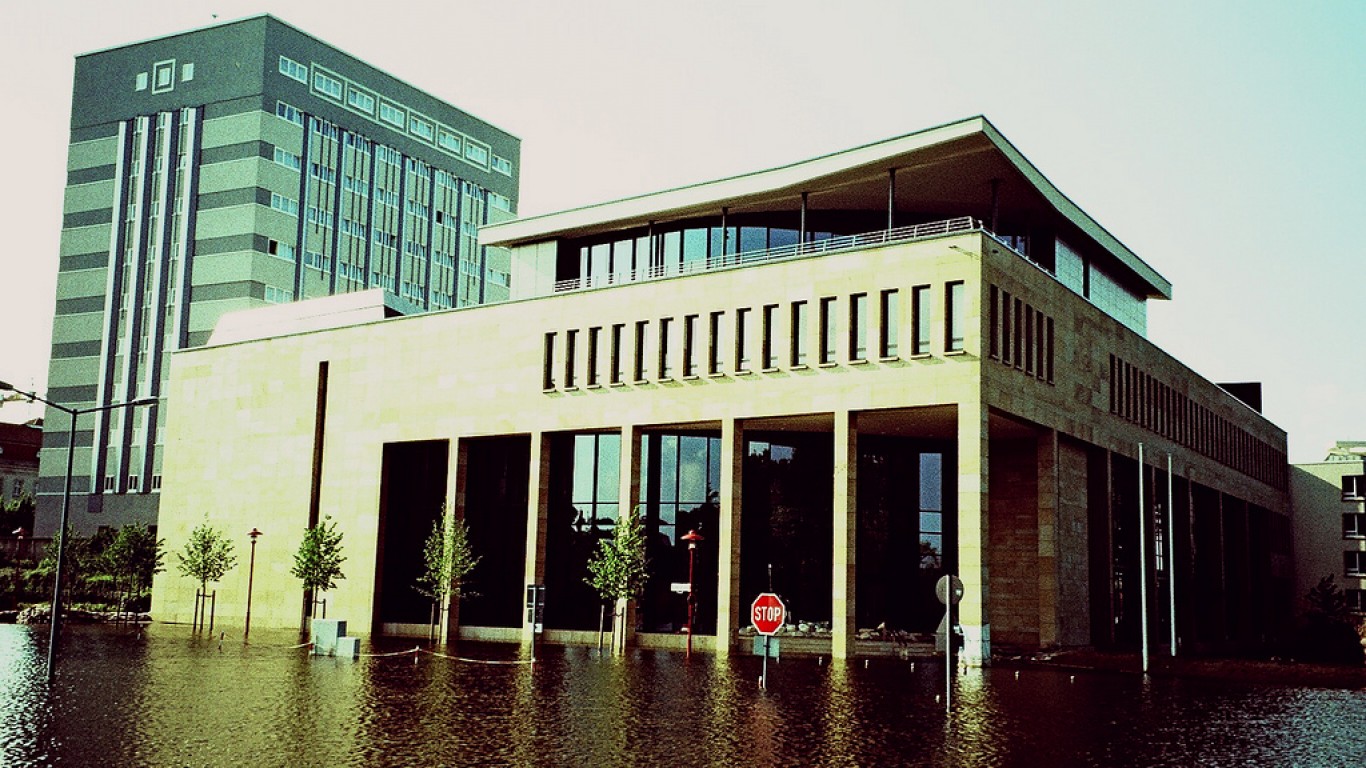
18. Flood-proofing buildings and grids
Flood-proofing buildings, electricity grids, and other industrial infrastructure will also help mitigate the expected trillions of dollars in flood damage that will affect coastal cities.

19. Careful zoning
Based on models that can anticipate the areas that are likely to be regularly flooded as sea levels rise, local governments can implement zoning policies restricting what can be built in vulnerable areas to prevent flood waters from damaging vulnerable property and taking lives. Zoning can have other effects to improve city resiliency — for example, tightly-grouped buildings in a particular area could serve as a flood barrier for developments further inland.
[in-text-ad-2]

20. Better stormwater drainage
Global warming will cause sea levels to rise and will likely lead to increased precipitation across much of the globe. Urban coastal areas are particularly prone to the combined flood risk caused by global warming because unlike soil and plant life that soak up water, concrete and steel merely repel it. Developing and building water-permeable pavements and improving stormwater drainage will be critical for many major cities to avoid frequent flooding.

21. Long-term drought management plans
While certain areas will likely experience much greater rainfall, other parts of the world will likely experience drought on a severe scale regularly, including in many parts of the United States. These cities can plan ahead for the worst by implementing long-term water use plans and other emergency measures.
Retirement can be daunting, but it doesn’t need to be.
Imagine having an expert in your corner to help you with your financial goals. Someone to help you determine if you’re ahead, behind, or right on track. With SmartAsset, that’s not just a dream—it’s reality. This free tool connects you with pre-screened financial advisors who work in your best interests. It’s quick, it’s easy, so take the leap today and start planning smarter!
Don’t waste another minute; get started right here and help your retirement dreams become a retirement reality.
Thank you for reading! Have some feedback for us?
Contact the 24/7 Wall St. editorial team.